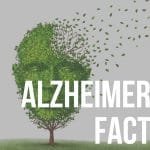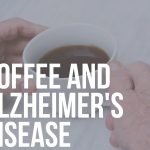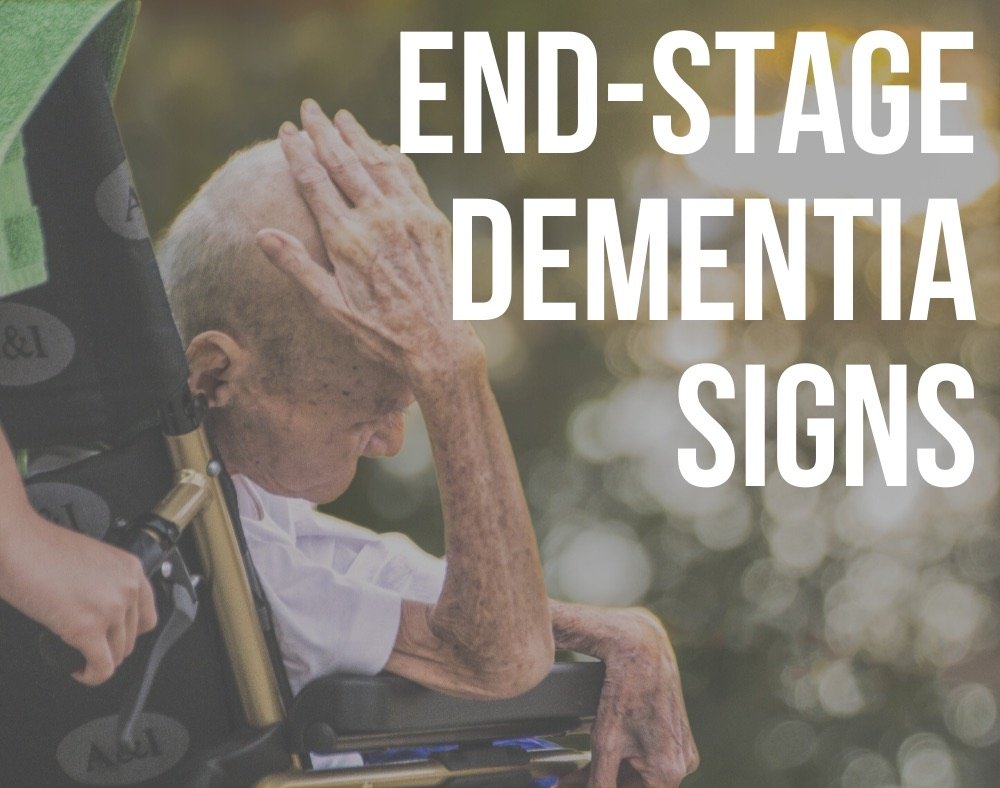One study indicates that it is possible to use a peanut butter test to diagnose if a person has Alzheimer’s disease.
The study that was published in 2013 in the Journal of the Neurological Sciences states that the diagnostic test involves measuring an individual’s ability to smell peanut butter through each nostril to determine whether or not they have Alzheimer’s.
Contents
How does peanut butter detect Alzheimer’s?
The researchers that conducted the study believe that persons who have dementia cannot smell peanut butter through their nostrils.
Even when the peanut butter is placed close to their noses.
Why Was the Research Conducted?

Jennifer J. Stamps who was the leader of the study opted to use the peanut butter test because from her research after she concluded that smell is dependent on olfactory nerve.
She noted that this was among the first thing that cognitive decline affects.
Additionally, the temporal lobe’s front part is one of the first regions in the brain to degenerate because of the illness.
She thought of the idea when working with Dr, Kenneth Heilman a distinguished neurology and health psychology professor.
This is after observing that they were not testing patients in the clinic for their sense of smell. She chose the peanut butter because according to her, the butter is a pure odorant that is easy to access and the olfactory nerve can detect it.
While conducting the study, the experts thought that there would be a difference in the left nostril because the neurodegenerative disease affects the left side of the brain.
However, they found out that people with Alzheimer’s were not able to smell peanut butter through their left and right nostrils as well.
How was the Study Conducted?

Jennifer Stamps led a team of researchers from The University of Florida.
They requested more than 90 participants to smell a spoonful of peanut butter (about 14 grams) that was placed a short distance from their noses on a metric ruler.
All the subjects had to close their mouths, eyes, and one nostril and have the peanut butter moved closer until they could smell it. The process was repeated after 90 seconds with the other nostril.
Among the participants, some had no neurological or cognitive problems, others had various dementia types, while the rest had confirmed Alzheimer’s diagnosis in the early stages.
After everyone was through smelling the peanut butter, the team found out that the only people who had difficulties in smelling the peanut butter test were the ones that had first-stage Alzheimer’s.
The researchers also recorded that these groups of participants had more trouble using their left nostrils to smell the peanut butter.
The individuals were able to use their right nostrils to smell the peanut butter ten centimeters farther away than the left one.
The difference in smell between the two nostrils is unique to Alzheimer’s disease.
Reactions to the Study

The results of the study were not readily accepted in the medical field. Many neurologists like Dr, David Knopman said that there were doubting about such a simple study being used for a complex disease.
Other professionals also recorded their concerns stating that other kinds of dementia record greater smell impairments; thus, the peanut butter test cannot distinguish different forms of dementia.
Some experts, however, commended the efforts of the research saying that it may lead to more affordable and non-invasive ways of detecting Alzheimer’s.
Closing Remarks
The results of using the peanut butter test as an Alzheimer’s diagnostic test remain inconclusive. This is because the study was only done on a small sample size which included 94 participants only.
A follow-up study that was done at the University of Pennsylvania could not replicate the results of the initial study.
This research team said that their study showed no difference in the ability to smell peanut butter in their right and left nostrils.
More research needs to be done to identify more cost-effective, accessible, and accurate testing measures not only for Alzheimer’s disease but other dementia types as well.







